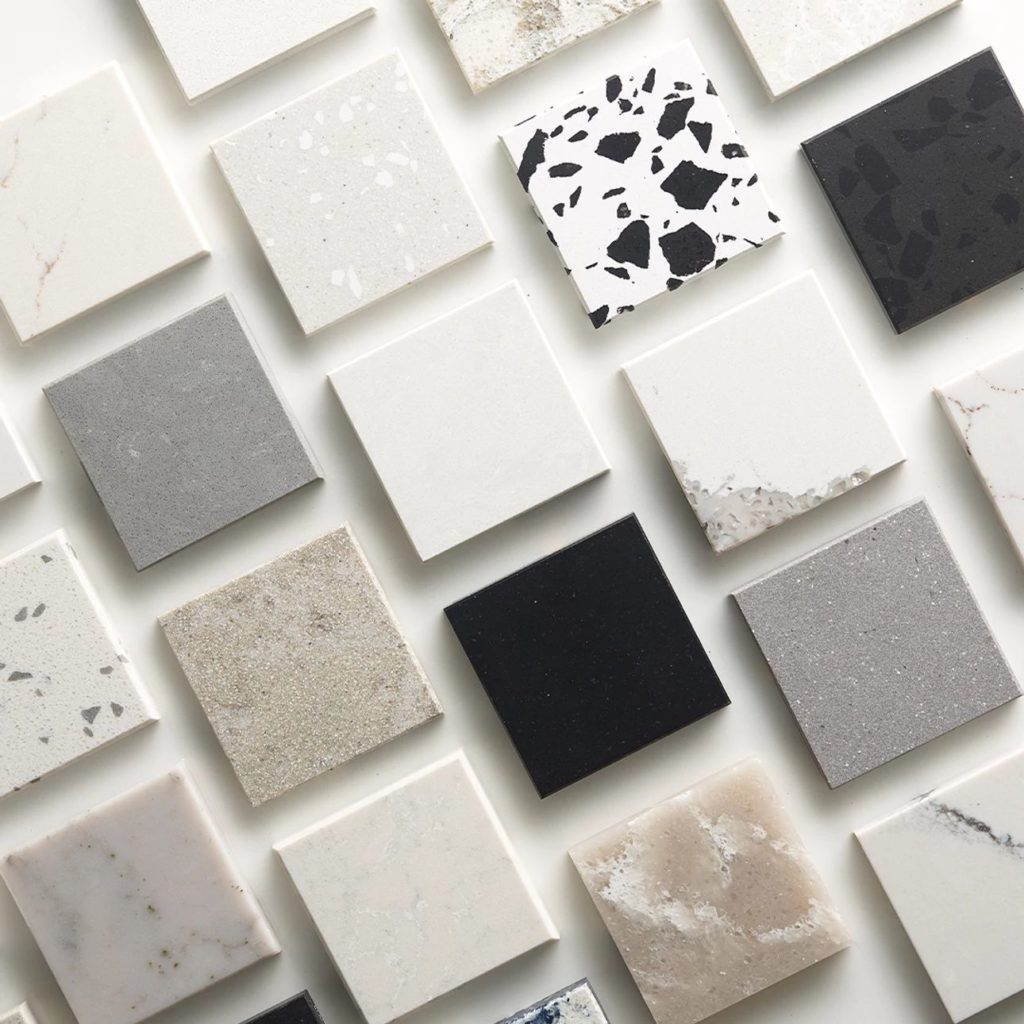The 20th century was momentous. A period in which the bathroom transitioned from scarcity to become a requisite and stylistic touchpoint of the home. Societal forces including art, architecture and cultural movements have all influenced the function and form of the home bath, and certain periods are remarkable for the aesthetics they forged and for the legacy they have imparted. Let’s take a look at some of the unique qualities that defined them.
1910-1920
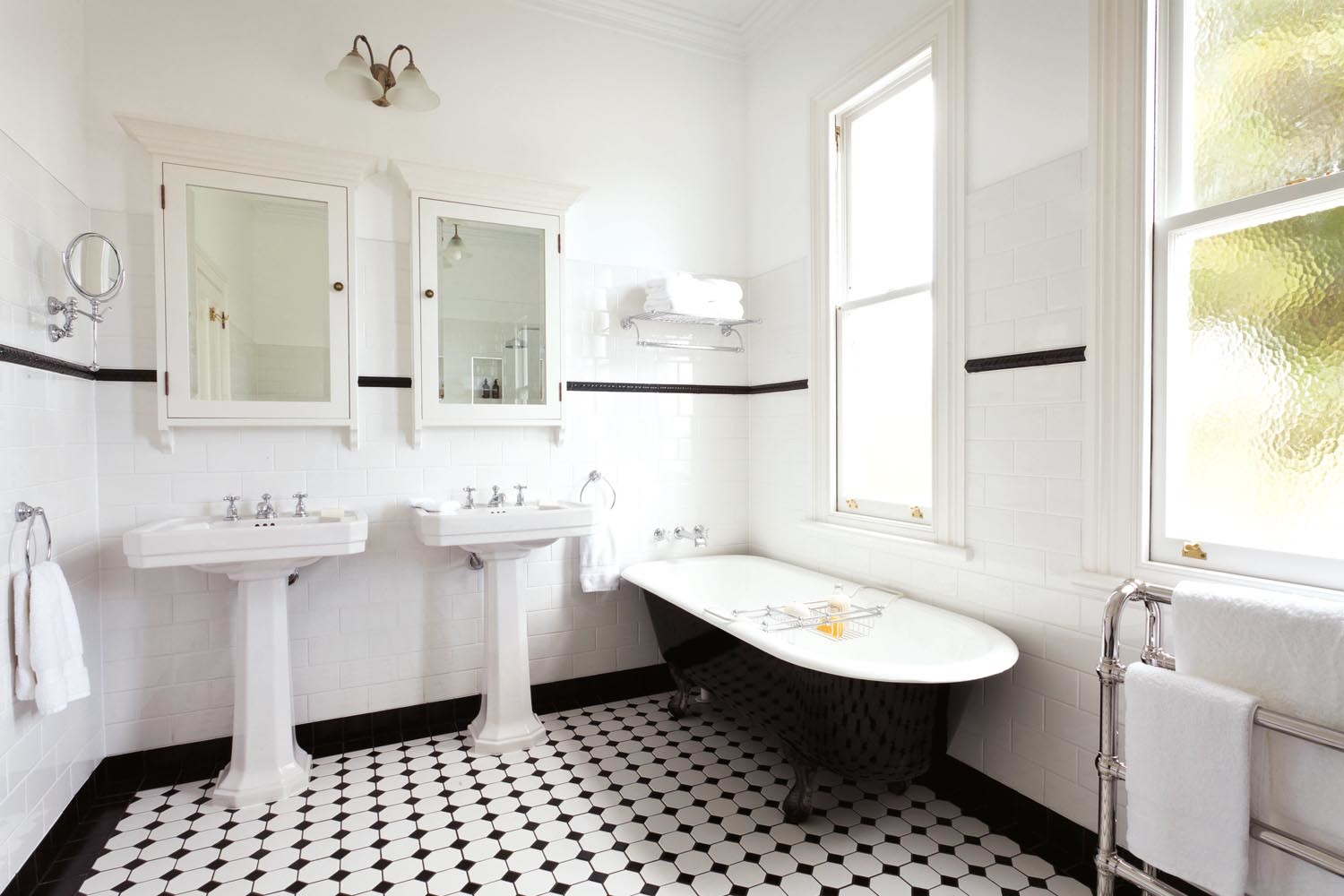
Only a century or so ago, most homes did not have indoor bathrooms. It was only at the beginning of the 20th Century that indoor bathrooms became standard. Tenements in New York City were not required to have indoor bathrooms until The New York State Tenement House Act of 1901 mandated that indoor toilets and bathtubs be introduced into all new apartments.
During this time, all-white bathrooms were the trend. This preoccupation with cleanliness and “purity” favored plain white tiles, as they made dirt more visible, making it easier to maintain and display a “hygienic bathroom” inside one’s home.
1920-1940
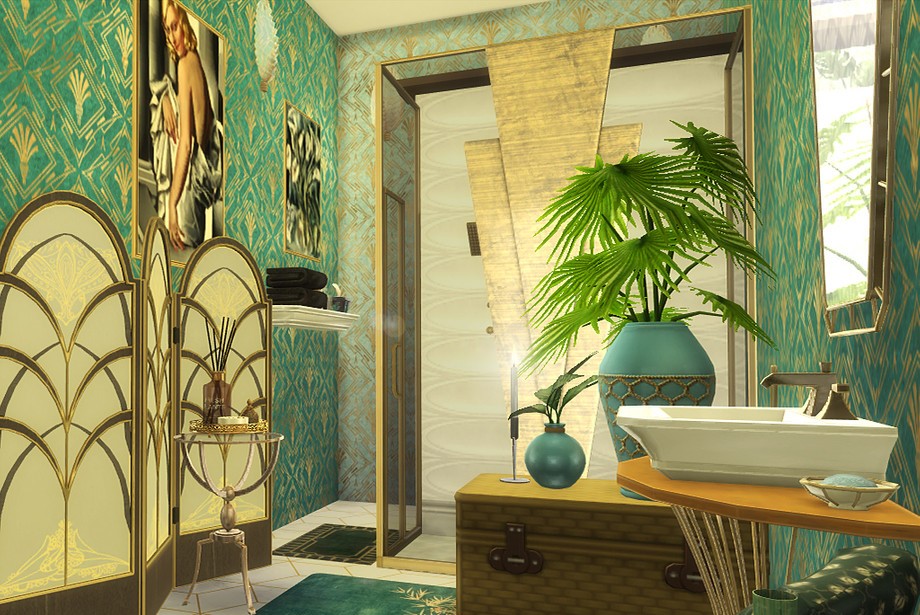
By the 1920s, new homes normally had at least one bathroom. By this point, people had become bored of white, so bolder colors were introduced in order to make bathrooms a more styled, family-friendly environment.
American homeowners’ had access to a wider variety of fixtures, lighting, and tile for their bathrooms due to new methods of transatlantic transportation. A blend of curves, straight lines, organic shapes and mixed media captured the day’s idea of modern, some of which have remained to become today’s retro favorites.
The Great Depression made some luxuries less accessible to homeowners. During World War II, domestic production of colored, decorative tile ceased entirely and became an expensive import.
1940-1960
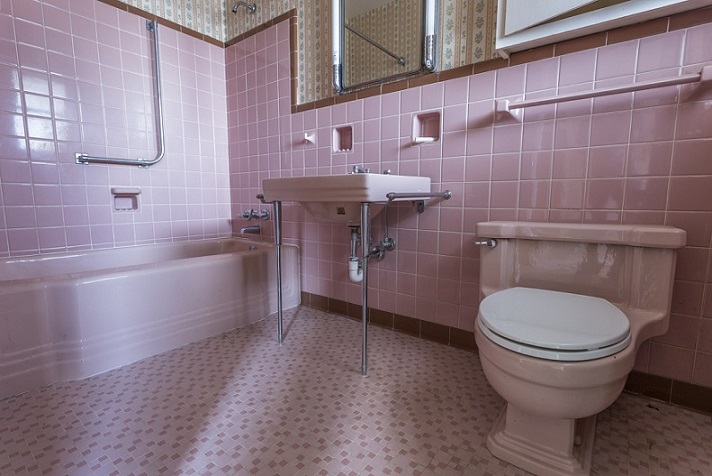
Relieved from their service in the war, men returned home to their wives and to work; wives could now step away from the workforce to re-focus on family and the home. An optimistic outlook gradually brought color back into homes, but tight budgets and a shift in priorities also meant that a home’s decorative elements were not as outspoken as they had been in pre-war times.
Function was as important as form in meeting the needs of the average American family. The Baby Boom and expansion of suburban life, with its larger houses, brought with it the expansion of bathrooms, in number and size. By the 50s, it was no longer enough to have only one full bathroom: the American Dream now included a powder room for guests, an en-suite master bathroom for parents, and a Jack and Jill bathroom for the kids.
1960-1970
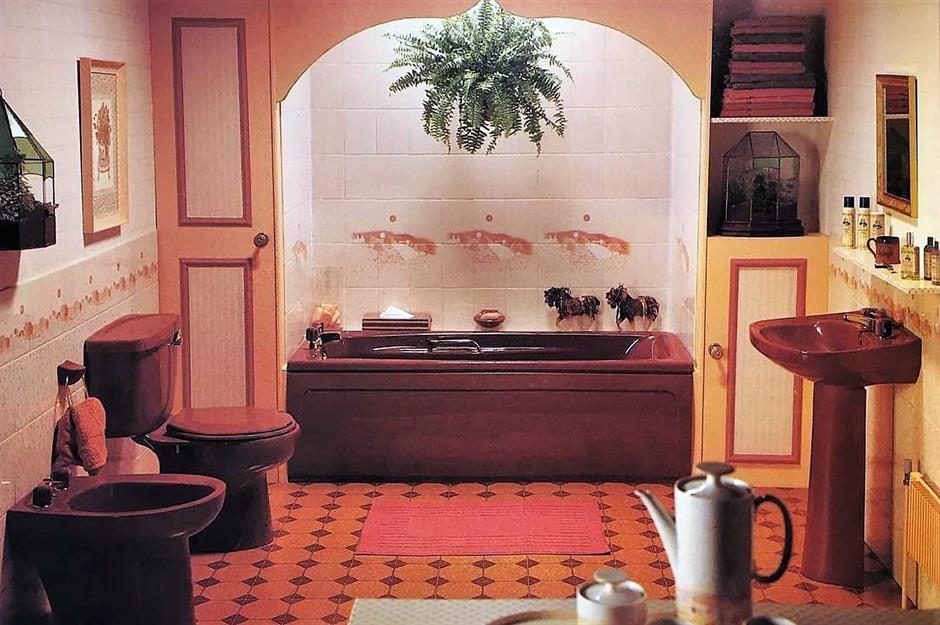
From the 1960s on, tile in bathrooms would be just as influential as furniture, lighting, carpeting and mirror walls. At the dawn of a new era of decorated bathrooms, materials like marble and stone grew in popularity.
Indoor gardens, sunken bathtubs, mirrored and pattern walls, an avocado-brown-teal-orange color story, metallic surfaces and, of course, wall-to-wall shag carpeting became the ultimate manifestations of luxury.
1980-2000
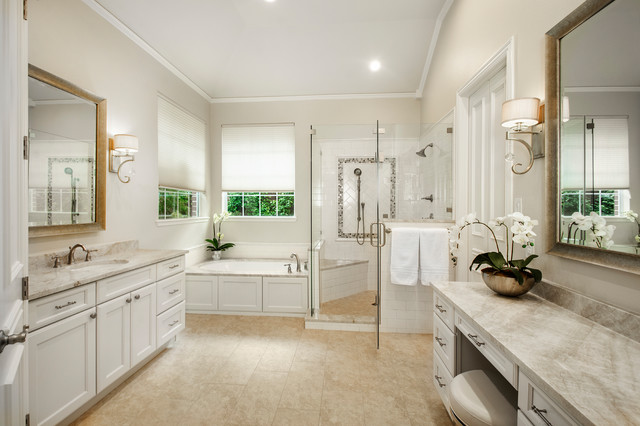
Spa-like bathrooms of the 90s combined the devotion to decoration from the former decade with a light futurism inspired by the forthcoming new Millennium. Growing technology and media exposure shifted consumers’ definitions of “must-have” assets. Luxury bathrooms required jacuzzi tubs, double sinks and even, in some cases, a fireplace. Bathrooms were enhanced with better lighting, higher grade amenities, and more space, as busy modern lifestyles for both men and women pushed homeowners to find sanctuary in their home baths, and to recognize that the amount of time spent in their home baths warranted an expanded investment.
2000-present
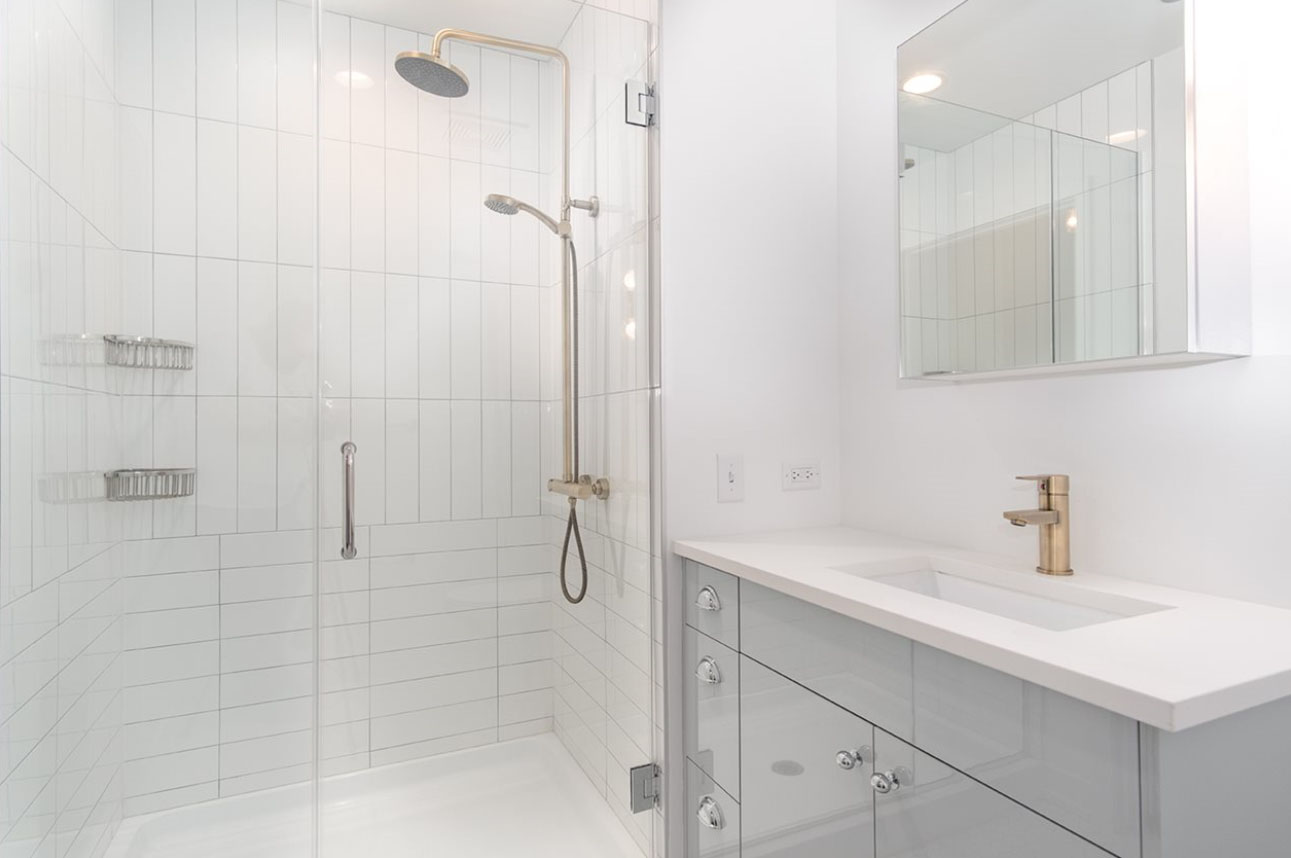
Today’s bathrooms continue the spa-inspired aesthetic from the past generations, as our lives are just as, and in many ways, much more demanding of our attention and energy. With the prevalence of smartphones, the lines between our personal, social, and professional lives continue to blur, and time spent relaxing alone has become more of an aspiration and a luxury than it has ever been before.
A modern luxury bathroom is sure to still include all of the frills – heated floors, television mirrors, LED light and sensor-activated toilets – but in a clean and classic presentation that is more focused on the beauty and tranquility of the space than the decor and appliances. Large showers are a must, rainfall shower heads are prevalent, and vintage-inspired standalone bathtubs have made a comeback as statement pieces.
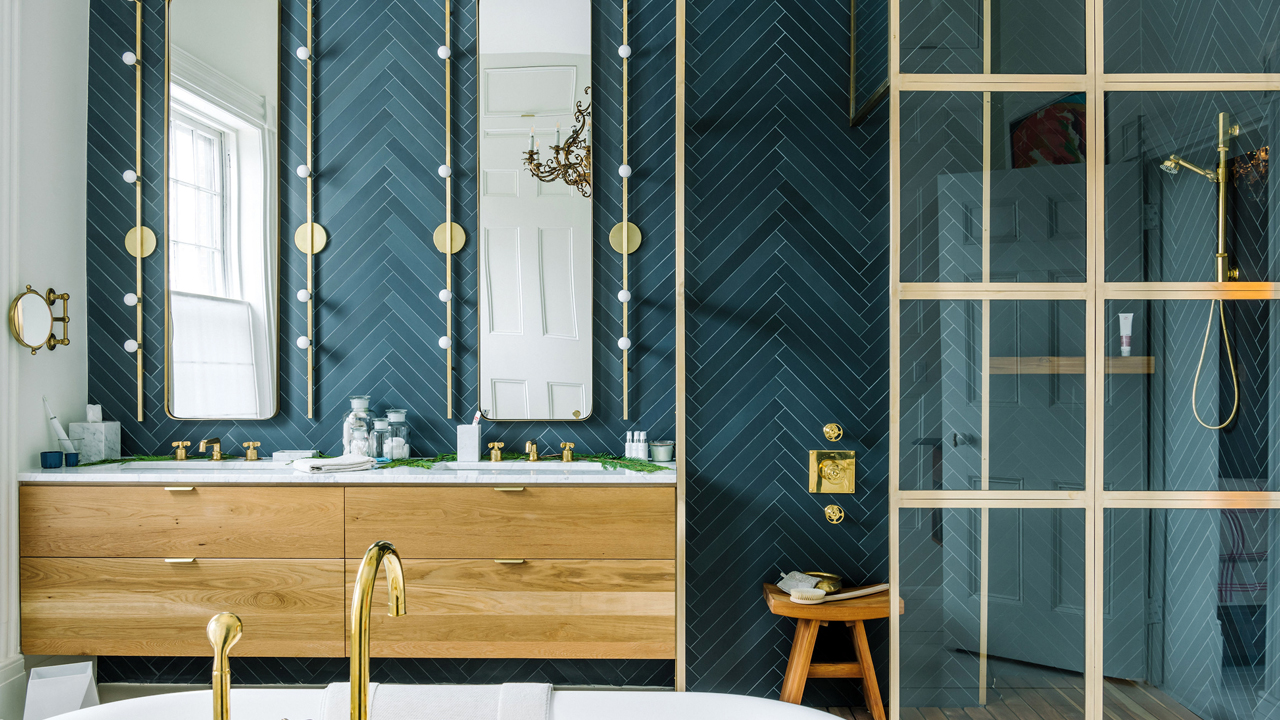
Although white and grey have reigned supreme in the bathroom design scene for much of last two decades, tasteful pops of color have begun to re-surge in recent years. Regardless of the material’s hue, the use and awareness of organic materials has been on the rise. Today’s luxury homes celebrate authenticity, opting for natural stone and hand-crafted glass and ceramic over synthetic materials. Advancing technology, i.e., precise and expedient machine cutting, also allows for sophisticated statement patterns, made of such organic materials, adding innovative variety to timeless classics. These mosaics are often employed in bath and shower floors, for traction, and as coordinating details inside of shower niches and on accent walls.
Source: https://www.artistictile.com/blogs/artisticdigest/american-bath-room

